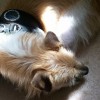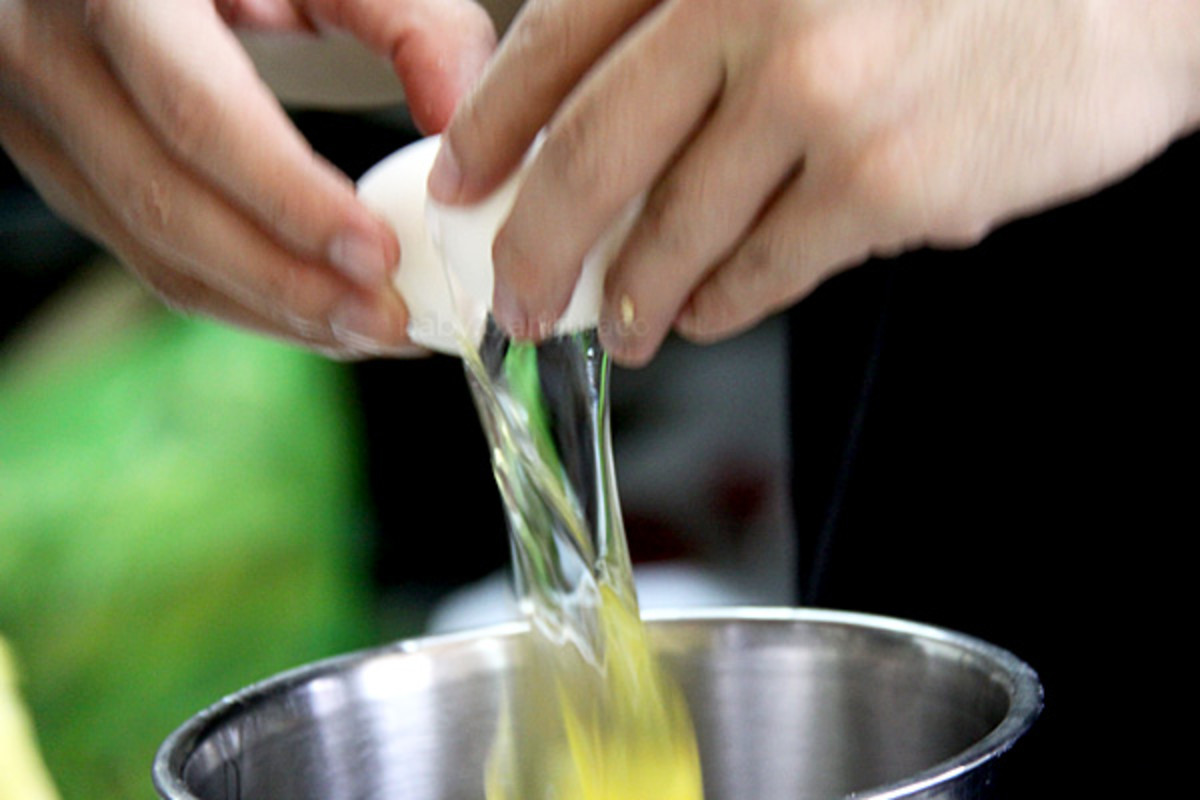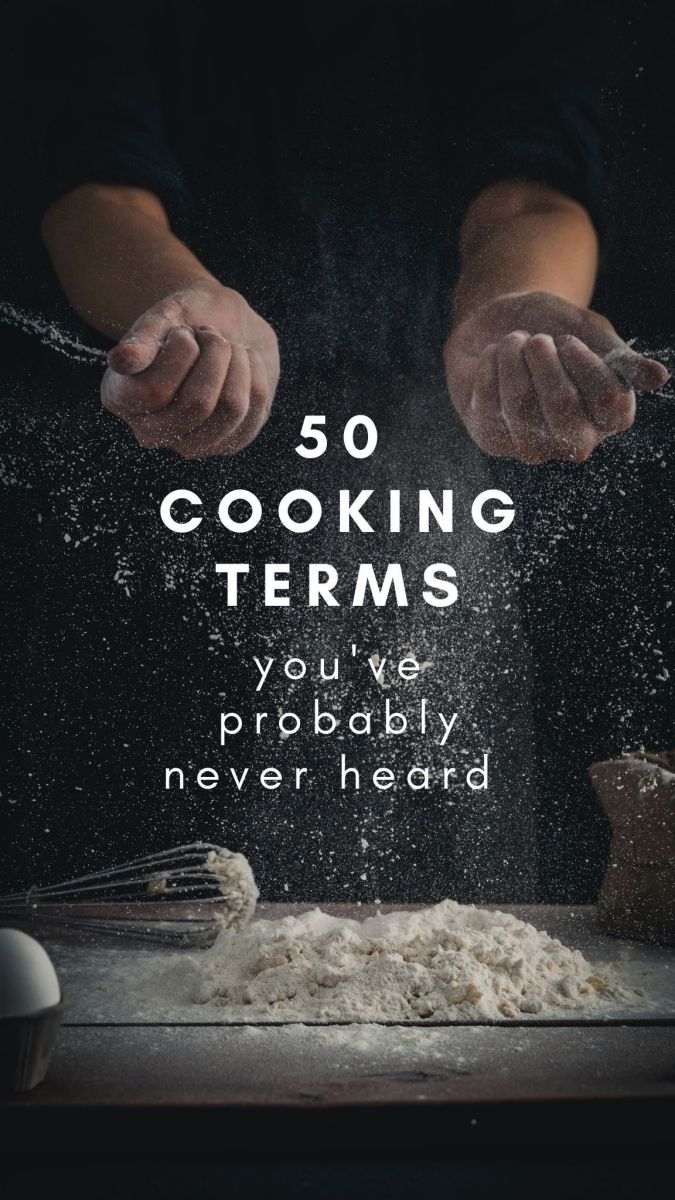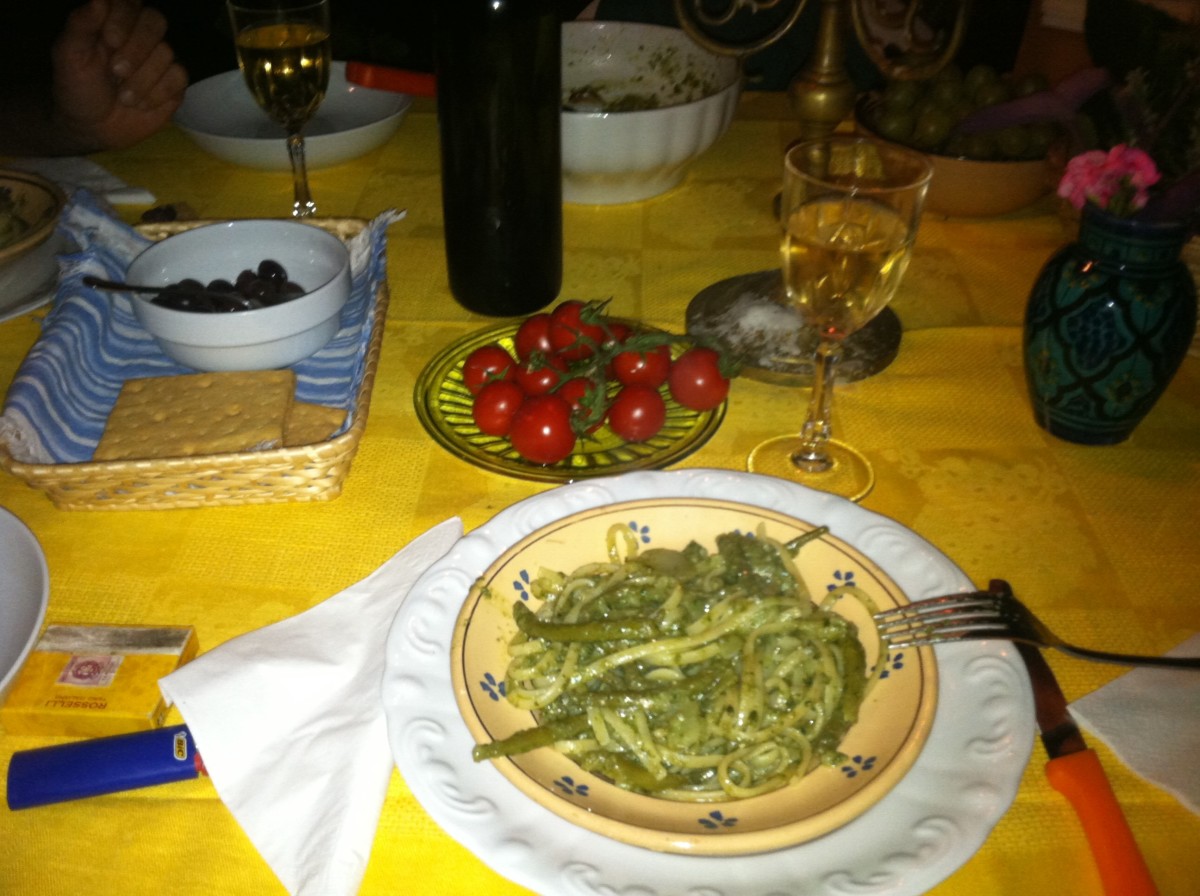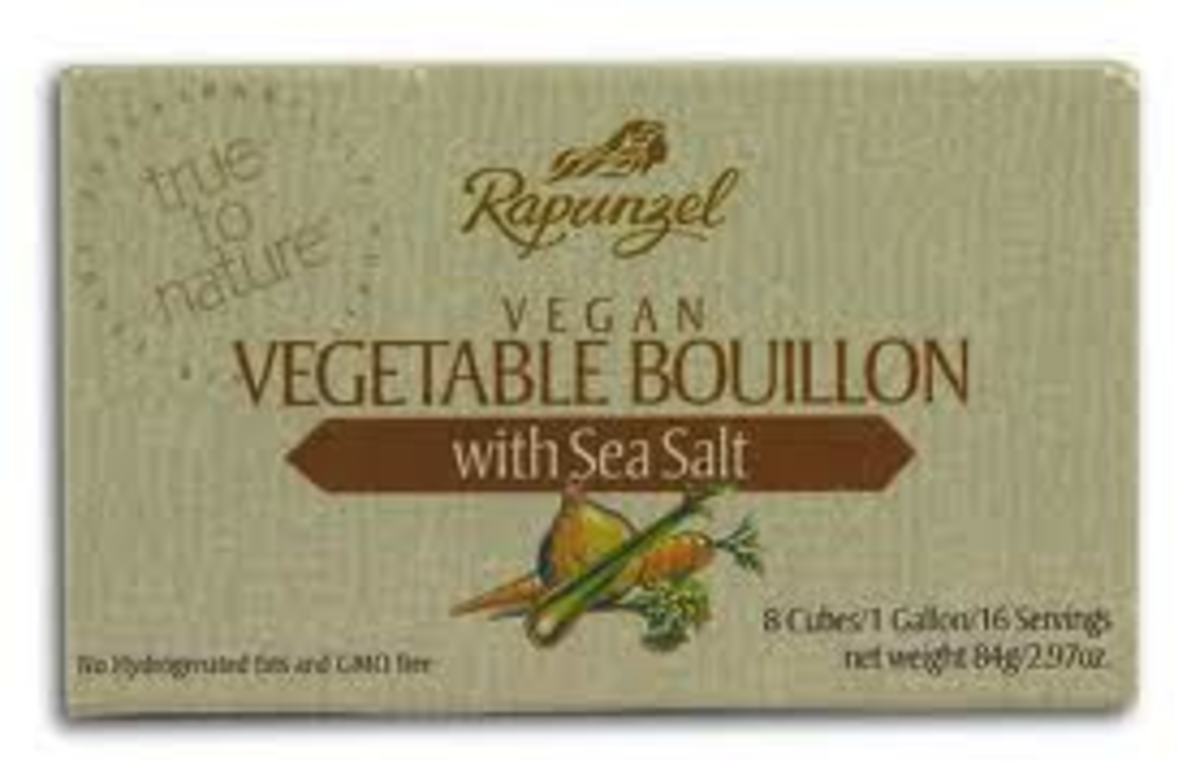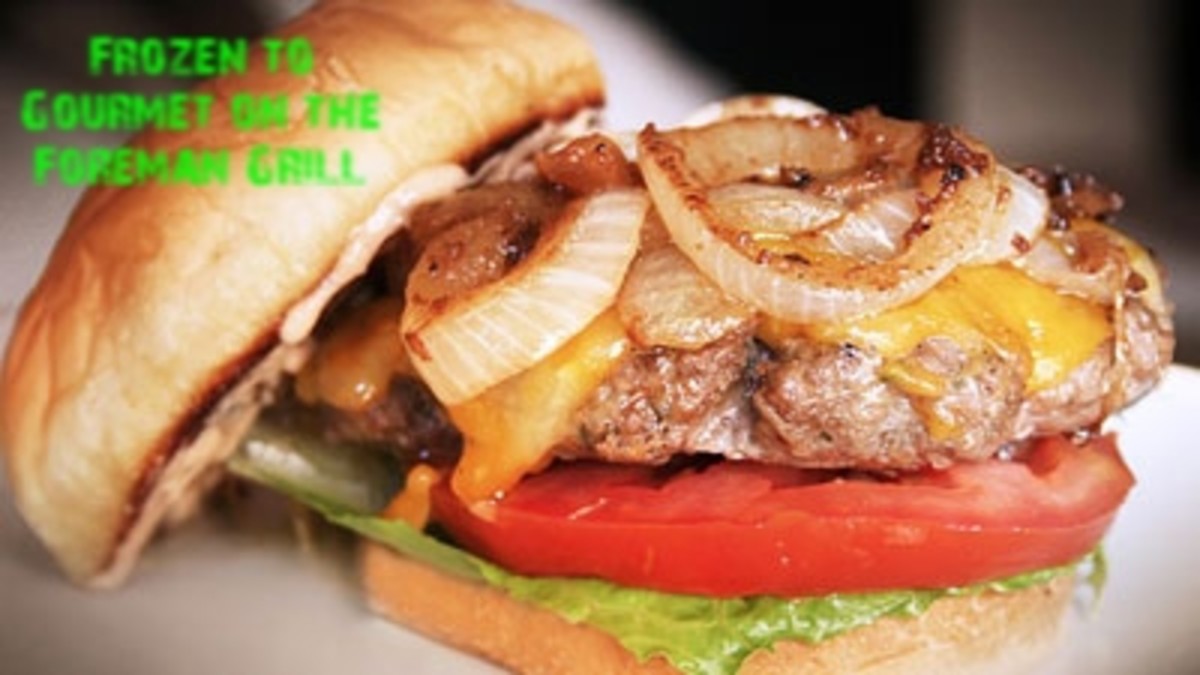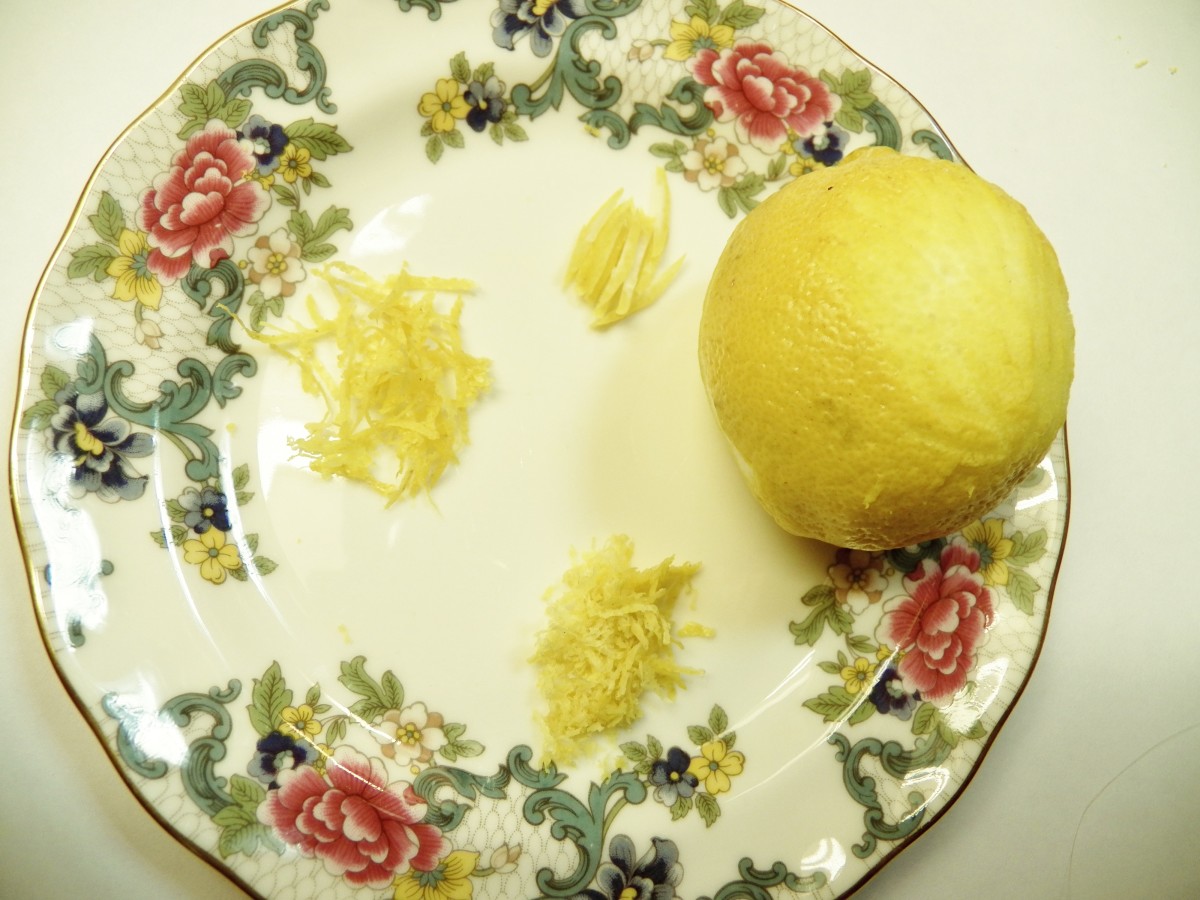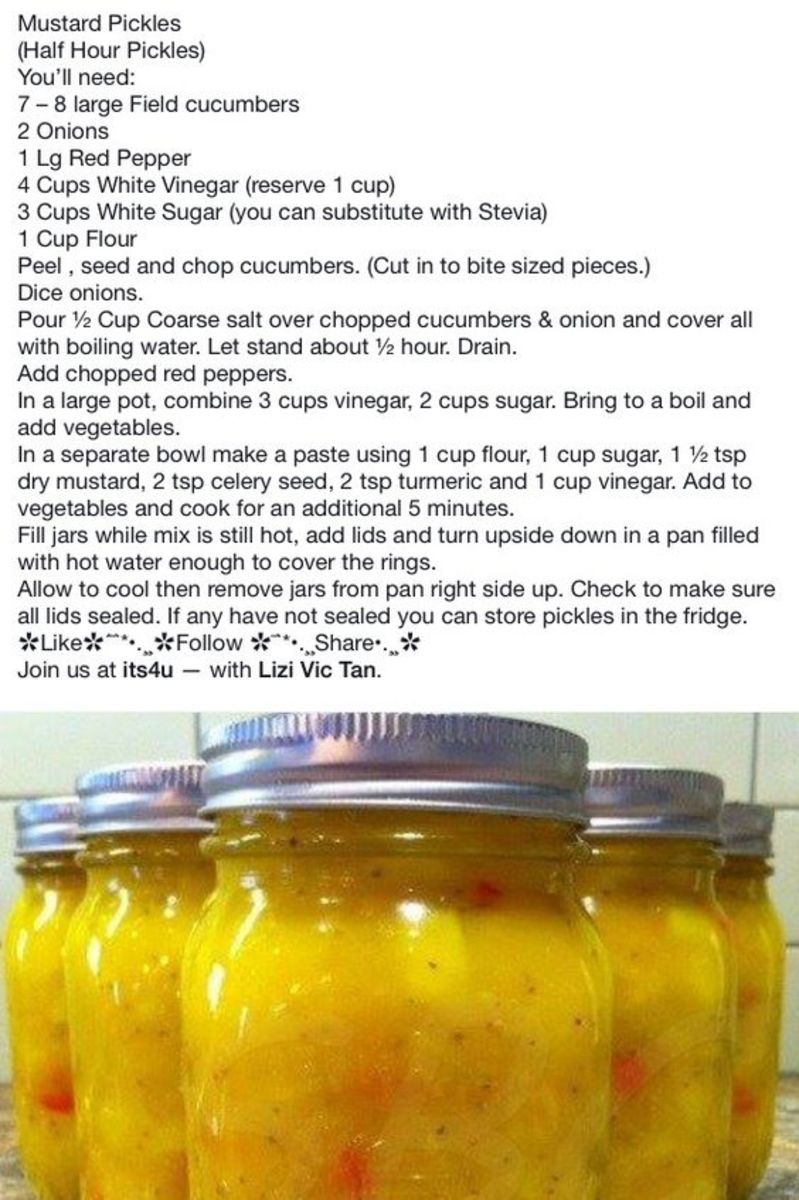Basic Cooking for Beginners, How to Measure, Basic Cooking Terms and Techniques.
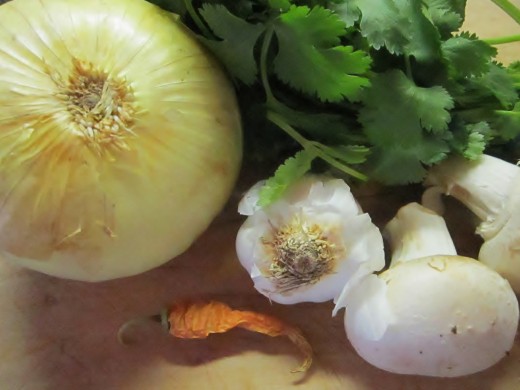
I Am Going to Assume You Know Absolutely Nothing About Cooking
When I was first married I put eggs on to boil and not only burned the eggs but the pot as well. I made a pumpkin pie with crust so hard I couldn't cut it, my pancakes were like rubber and my rice was like glue. I baked pork chops that were so tough they were more like beef jerky than pork chops and once I spent all day making a special meal that was uneatable -- through my tears I told my husband that the recipe said it was delicious but how would I know since I had never had this dish before.
If you learn to cook from scratch you will save money and your food will be more nutritious with less salt, sugar and additives.
It is important to learn how to measure properly and read a recipe. You may have some idea about measuring and how to follow a recipe but you may be uncertain of some of the terms. Since I don't know how much you know I am starting with the most basic elements. Skip the parts you have mastered there are still some good tips that might help you become a better cook. Some things seem obvious if you have been cooking for many years but I know an eighty-nine year old woman who did not know how to peel an onion. She was a good cook but spent way to much time trying to get the skin off.
A Large Liquid Measuring Cup is a Must Have.
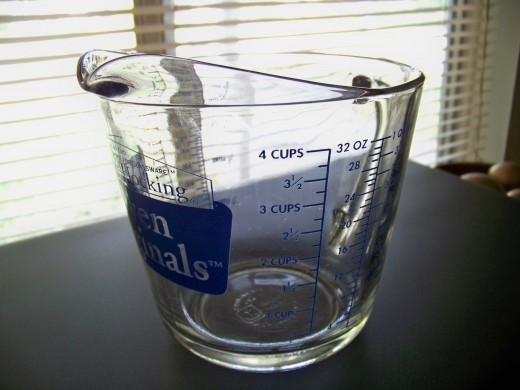
Level Teaspoon.
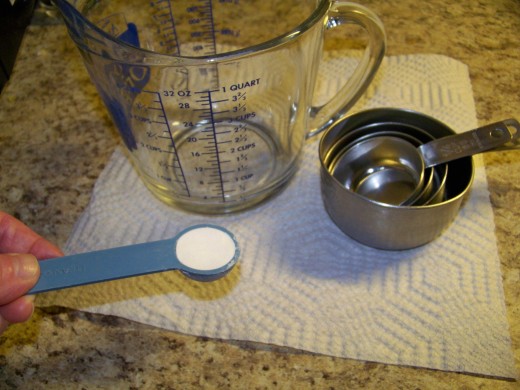
Heaping Cup of Sugar in a Dry Measuring Cup.
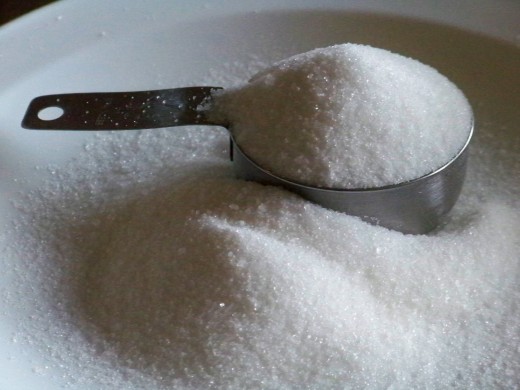
How to Measure is Essential in Cooking.
- You need a liquid measuring cup and a set of dry measuring cups.
- Dry cups should be leveled off unless the recipe calls for a heaping cup.
- Ideally white flour should be sifted before you measure. Do not pack the flour into the measuring cup -- be gentle and do not over fill, be sure to level off with a knife or spatula. If you do not sift the flour (not recommended) take 2 teaspoons out after it has been leveled off.
- Measuring spoons should be leveled off unless the recipe calls for a heaping spoon.
- Butter, lard, peanut butter, brown sugar and other items with this texture should be packed into the dry measuring cups and then leveled off.
- Play close attention to tablespoons and teaspoons. Make sure you look to see if there is a "b" or not in the abbreviation tsp for teaspoon or tbsp for tablespoon, and Is it a small t for teaspoon or capital T for tablespoon? A mistake here would be a disaster.
How to Read Abreviations of Measurements -- This Is Very Important.
Abbreviations
| Measurements
|
|---|---|
t or tsp = teaspoon
| 3 teaspoons = 1 Tablespoon
|
T or tbsp = Tablespoon
| 4 Tablespoons = 1/4 cup
|
c = cup
| 1 cup = 8 ounces
|
pt = pint
| 1 pint = 16 ounces
|
qt = quart
| 2 pints = 1 quart = 32 ounces
|
oz = ounce
| dash = 1/8 teaspoon
|
fl oz = fluid ounce
| A scant teaspoon or cup etc. = A little less than a full measure
|
Basic Cooking Terms You Need to Know to Follow a Recipe Correctly.
- Bake -- to cook by dry heat, usually done in an oven; called roasting when applied to meats.
- Barbecue (BBQ) -- To roast meat on spit or rack over coals, usually basting with highly seasoned sauce. Vegetables can also be barbecued.
- Baste -- To moisten foods, usually meat, while cooking. Melted fat, meat drippings, water and fat, water, or special sauce may be used to add flavor an prevent the surface from drying.
- Beat -- To make a mixture smooth or to incorporate air by a brisk regular movement that lifts the mixture up and over. A mechanical mixer or a rotary movement of the wrist is used for beating.
- Blanch -- (1)To remove skins from fruits, vegetables or nuts by allowing them to stand in boiling water or steam from 1 to 5 minutes, then draining, rinsing in cold water and slipping off skins. (2) To inactivate enzymes and shrink food for canning or freezing.
- Boil -- To cook in liquid, usually at the boiling temperature. The boiling point is reached when bubbles rise continuously and break at the surface.
- Braise -- To brown meat or vegetables in small amount of hot fat, and then cook slowly in closely covered utensil (Pot with oven proof lid or a Dutch Oven), adding a very small amount of liquid or cooking in meat juices.
- Bread -- To cover with bread crumbs before cooking.
- Broil -- To cook directly under a flame or red hot heating unit, or over an open fire or grill.
- Chop -- To cut into small pieces with a sharp knife or cutter.
- Coat -- To dip food into flour until all sides are evenly covered. To dip food into bread crumbs alone, or into slightly beaten egg or milk, then in seasoned crumbs.
- Cream -- To make soft, smooth and creamy by rubbing with back of spoon or other utensil; usually applied to fat and sugar.
- Cube -- To cut into small cubes of equal size.
- Cut -- To combine fat such as cold butter or lard with dry ingredients using two knives or a pastry blender.
- Devil -- To prepare with hot seasoning as hot pepper, mustard, etc.
- Dice -- To cut into small cubes.
- Dredge -- To coat with some dry ingredient, as seasoned flour or sugar.
- Dust -- To sprinkle or coat lightly with flour or sugar.
- Fold (cut and fold) -- To combine ingredients by cutting vertically down through the mixture with spatula or spoon, and gently lifting a portion of the mixture to a new spot, at the same time turning the bowl to cut and fold in a new spot until mixture is blended.
- Fry -- To cook in small amount of fat, also called saute or pantry.
- Garnish -- To decorate.
- Grate -- To wear away into small particles by rubbing on a grater.
- Julienne -- To cut vegetables into match-like strips.
- Knead -- To work and press dough with balls of the hands, followed by a folding, stretching and rolling motion.
- Mince -- To cut or chop into very fine pieces.
- Mix -- To combine ingredients into one mass, usually by stirring.
- Pare -- To cut away outside covering.
- Pot roast -- To cook by braising.
- Roast -- To cook by dry heat, usually in an oven.
- Scallop -- To bake a food, usually cut in pieces, in a casserole with sauce or other liquid. The top is usually covered with crumbs. Food and sauce may be mixed together or arranged in alternate layers.
- Score -- To cut a surface 1/8 inch deep several times in two different directions.
- Scramble -- To prepare by stirring while cooking -- i.e. as with scrambled eggs (an omelet is not stirred)
- Sear -- To brown surface of meat quickly by intense heat. Watch point -- Do not use a non stick pan unless it has a special resistance to high heat. You need a heavy pan like an iron skillet, heavy aluminum or stainless steel skillet, etc.
- Simmer -- To cook in liquid below the boiling point -- about 185 - 200 degrees.
Reference: The Herald Tribune -- HOME INSTITUTE COOK BOOK, 1947
Quick Chili. Even the Simplest Dish is Made Easier by Having Everything Ready to go.
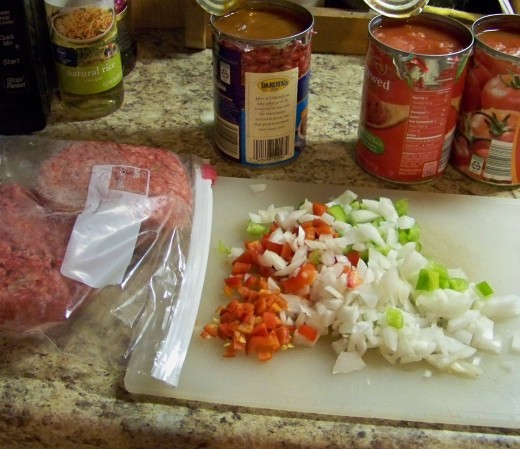
Non-Stick Skillet Ruined by High Heat. Everything Stuck to the Surface and scrubbing it off made it even worse.
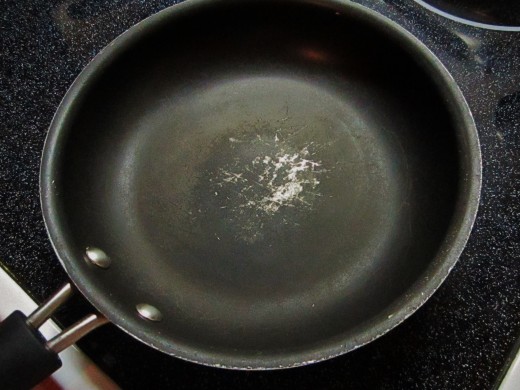
Tips I learned the Hard Way.
-
Do not under estimate the amount of time it takes to wash, peel, slice and chop vegetables. Prepare your vegetables before you start preparing your meal. If you do this you will find it much easier to put a meal together in a timely fashion. You won't be rushed, you won't forget anything and you will be able to time your dishes so they are all ready at the same time.
-
Onions, carrots, celery, peppers and other such vegetables can be stored in small plastic bags in the refrigerator. You can chop extra and save for a few days later or chop the vegetables ahead of time. Mashed potatoes -- prepare the potatoes and put them in a pan with cold water and sit them on the stove ready to go at just the right time.
- Open can and jars before you start.
-
When baking, the same rule applies. Get out all of the ingredients, measure everything and set it aside. Follow the recipe carefully paying close attention to how you combine the ingredients and most important how to stir. This was my biggest mistake. I stirred everything to death. If the recipe says fold and you stir it will not work out well -- like me you will be making rubber or bricks.
- Non-stick pans should never be put on a the high heat -- medium is recommended. I bought a really nice set of non-stick pots and pans so I actually read the directions. I was surprised that the directions said to use only medium heat. In fact they said not to use high heat ever it would ruin the non-stick surface. Hmmm ... Now I know why my non-stick pans turned black and lost their non-stick quality. I now use medium heat and everything cooks quickly and just as well and my pots look like new. I no longer brown meat for a roast in my non-stick pans in those cases I use a heavy aluminum, stainless steel or iron skillet.
-
Do not try to cook everything on high heat. In most cases the food gets burned before it gets done. Some things may need to be cooked a little higher than medium but never high.
Golden brown chicken is golden because it is not burned, it is not burned because it was cooked at a medium temperature. Watch Point -- beware, when you fry food such as potatoes, chicken, pork chops or fish when it is nearly done the heat will increase and if you already have the heat a little to high it will burn at the last minute --So, turn down the heat a little toward the end.
Perfect eggs over easy or sunny side up are achieved by frying them on really low heat, It takes a while but it is worth it. Eggs fried quickly end up crispy, the higher the heat the crispier they get.
Twisted Bacon Ready for Baking
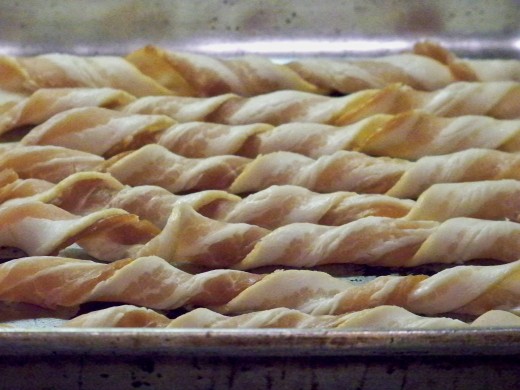
Twisted Baked Bacon Cook to Your Level of Crispy.
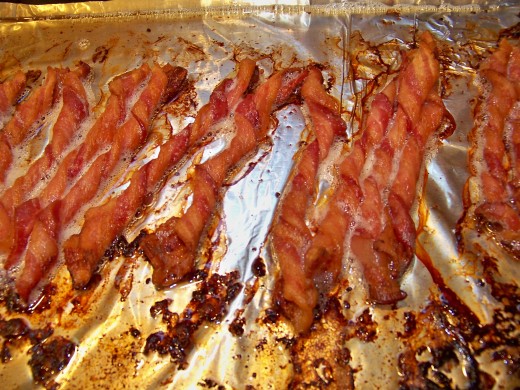
Let Slow Cooking Work for You.
I had spent the night with my daughter who lives out of town. She was fixing breakfast for her husband, herself, her four daughters and me. I was amazed at how well organized she was and even more impressed at how she used slow cooking to her advantage.
First she twisted bacon piece by piece and placed it on a large pan that was covered with aluminum foil. She placed it in a cold oven and turned the temperature to 400 degrees.
Next she got out a large skillet put the heat on low, added butter and when the butter melted added all our eggs.
Once the table cloth was on the table I helped her set it. The coffee was ready so we shared a cup while she prepared the rest of the breakfast. She turned the eggs (over easy). I put the milk and orange juice on the table. She made the toast.
The bacon was ready and so were the eggs. It took about 35 to forty minutes. The bacon was great -- although I like it a little more crispy. The best thing is the bacon did not make a big mess on the stove. She placed the eggs on our plates and breakfast was ready.
The eggs were perfect. I had never ever cooked eggs so slowly. I couldn't believe the yellow was runny after cooking so long.
Cooking the bacon in the oven and cooking the eggs slowly bought her a lot of time to get everything else ready. I now use the oven method to cook bacon, and I cook my eggs more slowly.
The Chef Knife is a Must Have to Chop and Dice.

Carrots -- if you have a potato peeler it works great to peel carrots. If you do not have a potato peeler use the back edge of a knife, and scrape the carrot.
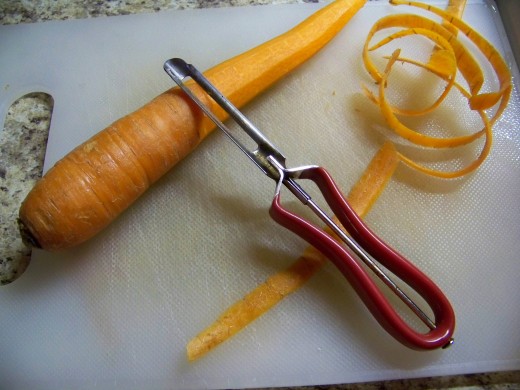
Onions -- Cut both ends off the onion (some people like to leave the root end)
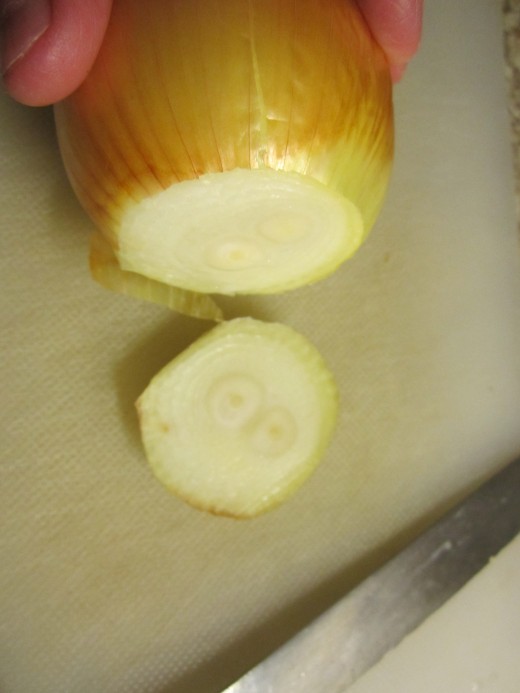
Next score the onion from top to bottom just deep enough to cut through the first layer
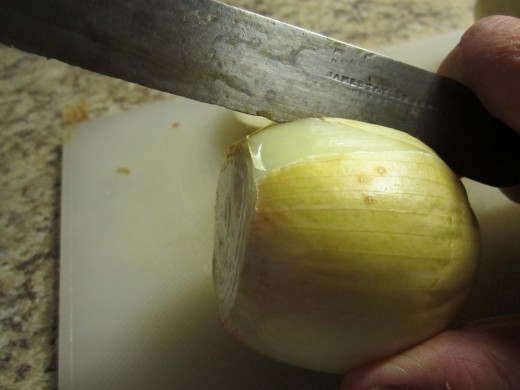
Now peel off the first layer
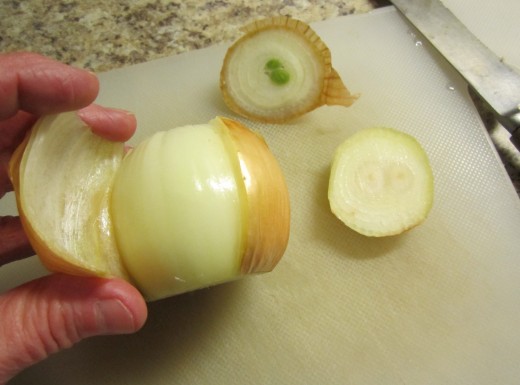
Garlic -- Press the garlic with the back of the knife or some other flat surface on a chopping board.
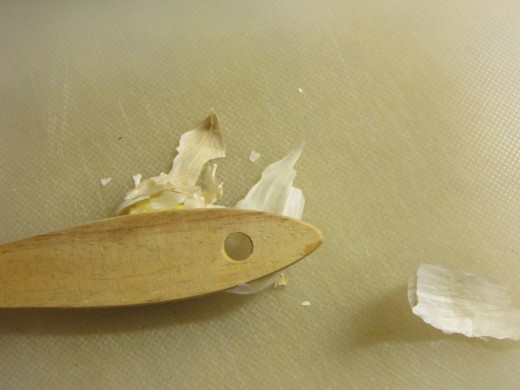
Now peel off the papery outer layer and put in a garlic press or chop it up with a knife.
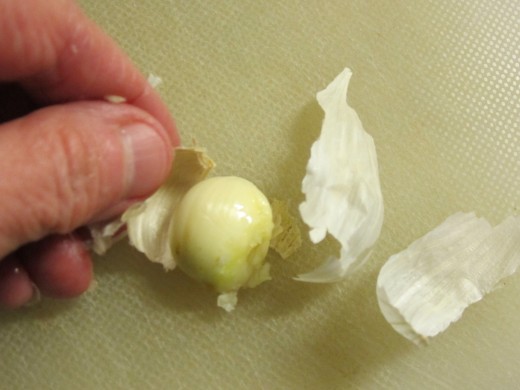
Now You Are Ready to Begin -- Pick Easy Recipes
Now that you know how to measure and how recipes refer to these measurements, and the basic terms it is time to tackle a recipe. To begin, pick recipes that are not too complicated and something that you have eaten before and liked. In the beginning it is important that you know what the end result should be. Follow the recipe exactly the first time -- do not change anything the first time you try.
